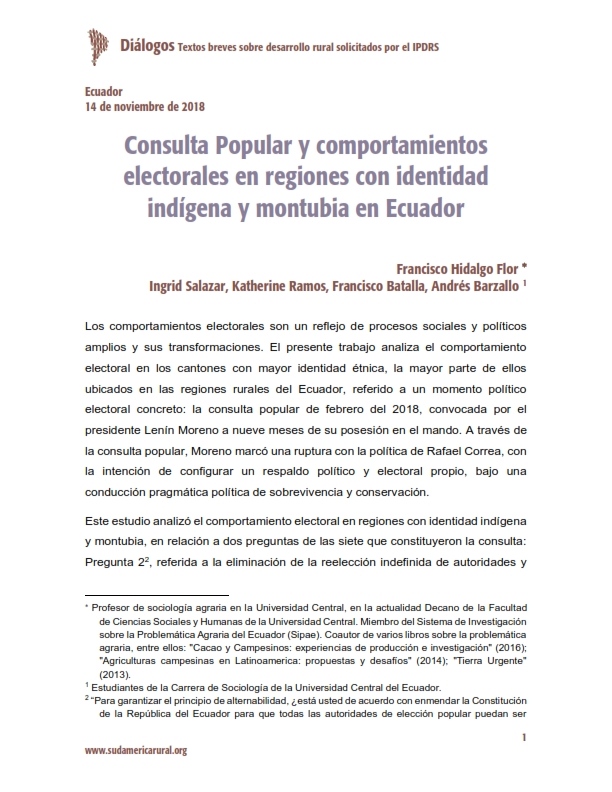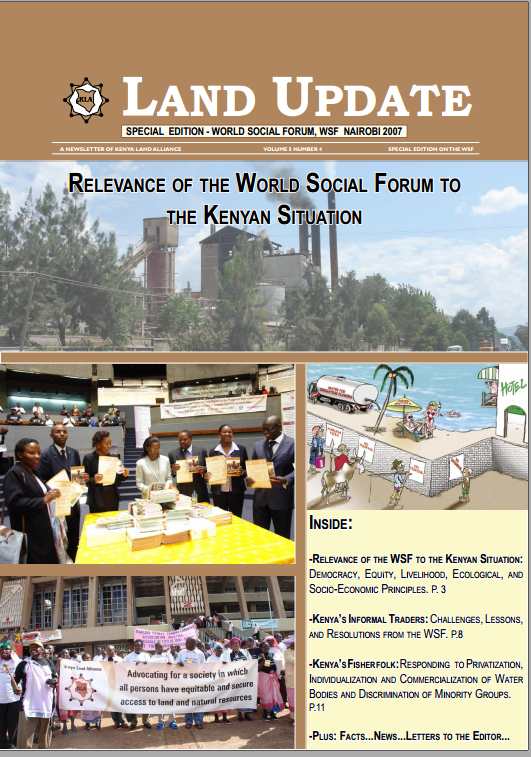Consulta Popular y comportamientos electorales en regiones con identidad indígena y montubia en Ecuador
Consulta Popular y comportamientos electorales en regiones con identidad indígena y montubia en Ecuador
Francisco Hidalgo Flor *
Ingrid Salazar, Katherine Ramos, Francisco Batalla, Andrés Barzallo [1]











